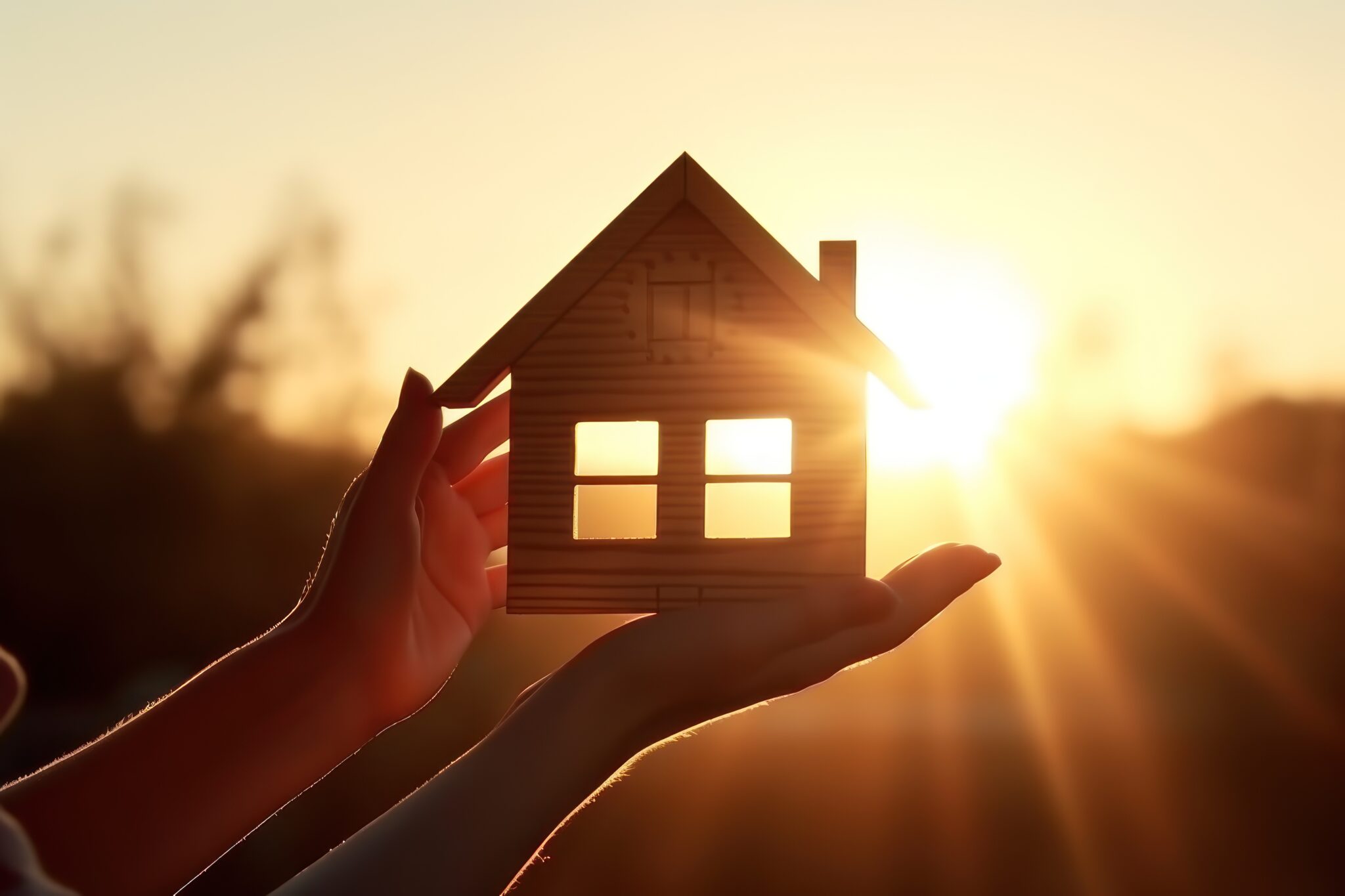August's rising mortgage rates continued to impact refinance numbers reported by Fannie Mae and Freddie Mac, according to the ""Federal Housing Finance Agency's"":http://www.fhfa.gov/Default.aspx (FHFA) latest ""data"":http://www.fhfa.gov/webfiles/25620/August2013RefiReport.pdf.
[IMAGE]The agency reported 302,373 refinances in August, down from 360,121 in July. The majority came through Fannie Mae--201,986--with the smaller Freddie Mac reporting about half that amount (100,387).
Together, the GSEs reported an estimated 68,340 refinances through the Home Affordable Refinance Program (HARP), bringing the total number of HARP finances to 2.9 million since the program's inception.
[COLUMN_BREAK]HARP share increased, with volume representing 23 percent of total refinance activity during the month compared to 22 percent in July.
Throughout the month, the number of HARP refinances with loan-to-value ratios (LTV) of 105 percent or greater was 25,469, with 11,372 (17 percent) coming from loans with LTVs higher than 125 percent. Year-to-date, borrowers with LTVs greater than 105 percent have accounted for 42 percent of HARP volume reported by the GSEs, according to FHFA.
Since HARP started, approximately 2.5 million refinances going through the program have been for primary residences, with 92.6 million made for second homes. The remainder (338,495) have been for investment properties.
Nevada continues to be an active state for HARP. An estimated 57 percent of refinances in the state have gone through HARP year-to-date. Florida is the second-most active state, with HARP marking up half of refinance volume from January-August 2013.
Nationwide, HARP has represented 22 percent of refinance volume year-to-date, FHFA reported.

 theMReport.com Your trusted source for mortgage banking news
theMReport.com Your trusted source for mortgage banking news









